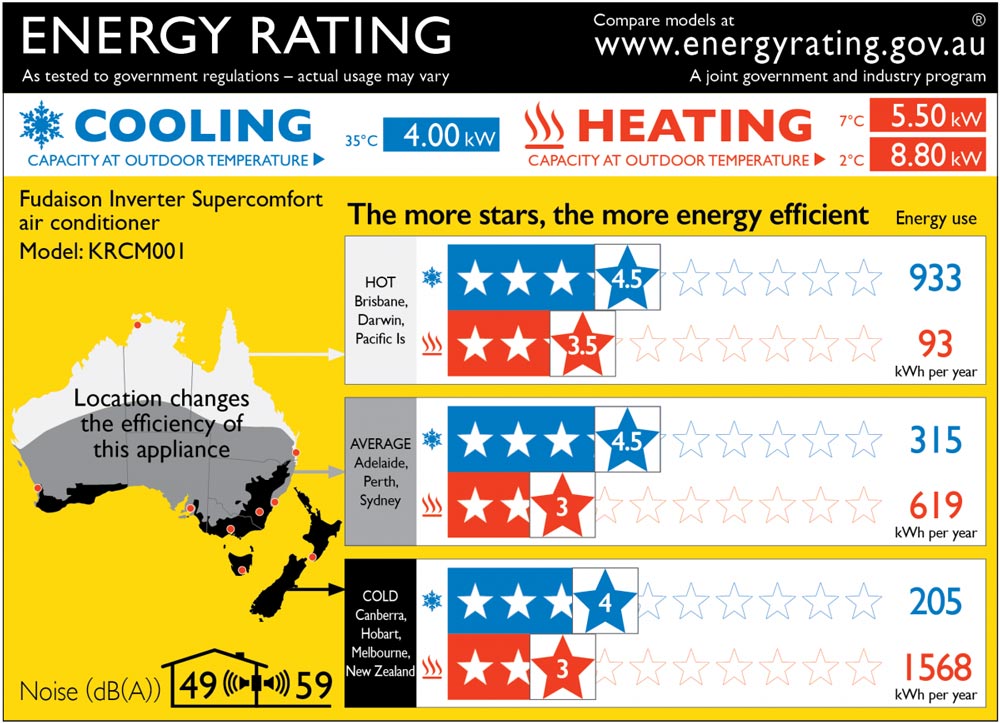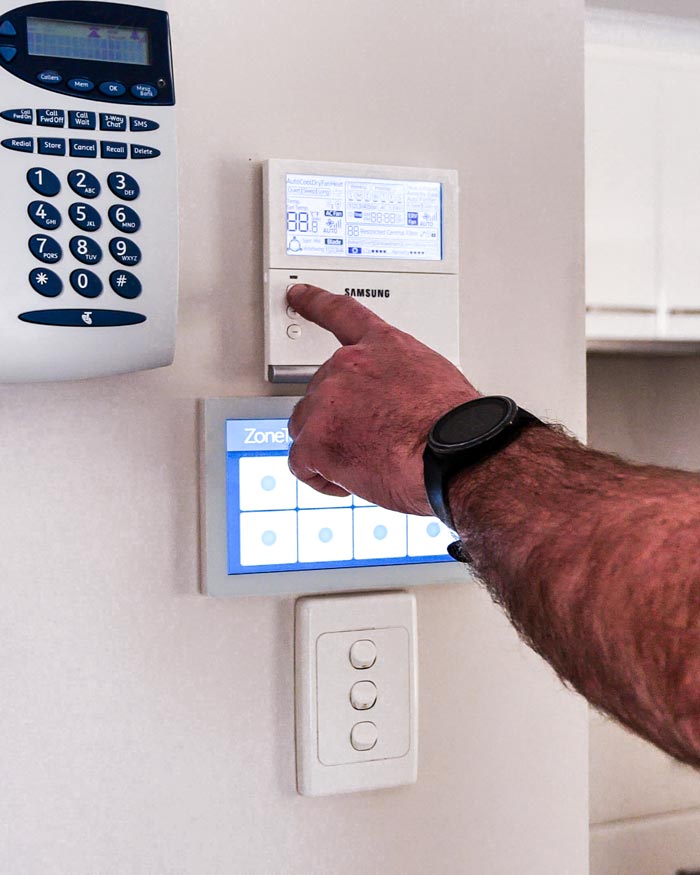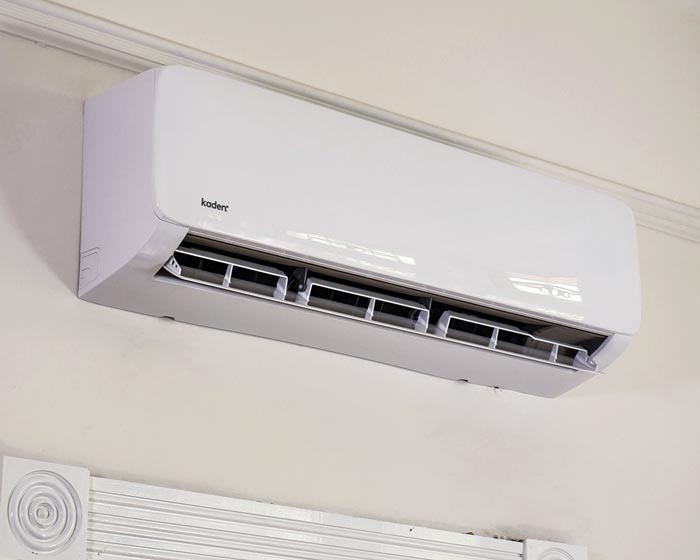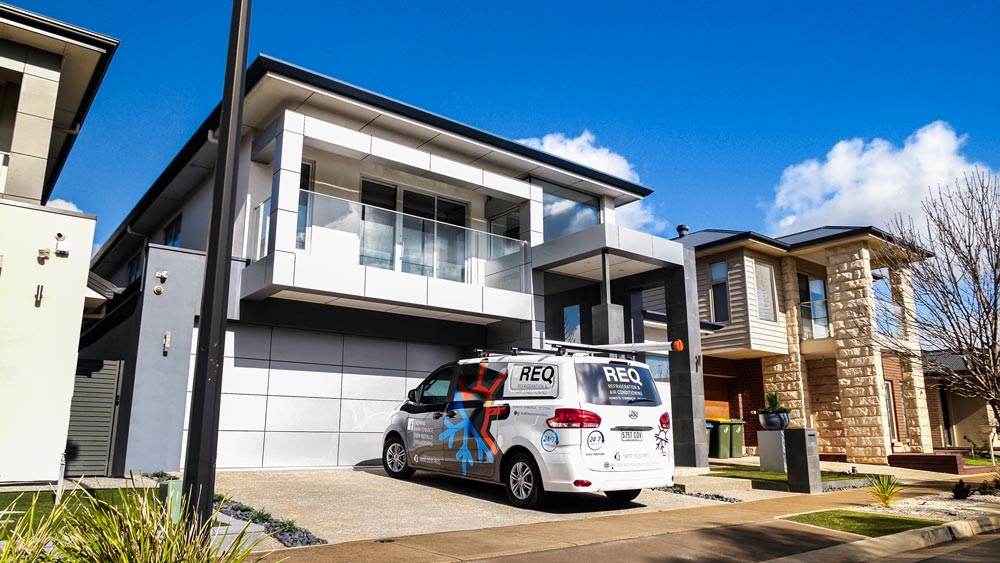Choosing the right size air conditioner for your home is essential for both comfort and energy efficiency. A unit that’s too small won’t provide adequate cooling, while an oversized unit will cycle on and off too frequently, using more energy and causing wear and tear on the system. Understanding the factors that determine the ideal air conditioner size, such as your home’s footprint, insulation, and regional climate, is key to making an informed decision.
To begin the process of selecting the appropriate air conditioner, it’s important to assess the cooling needs of your home. Start by calculating the size of each room you want to cool and adding them together for the total area. It’s also crucial to consider factors like the number of windows, insulation, ceiling height, and whether the area receives direct sunlight, as these can impact cooling efficiency. Once you’ve gathered this information, you’ll be better equipped to determine the right air conditioner size that meets your specific requirements.
Consulting with an experienced air conditioning professional can also prove invaluable in finding the perfect air conditioner for your home. They can perform a detailed assessment of your home’s cooling needs and make expert recommendations accordingly. With their guidance, you’ll be able to confidently choose a unit that provides optimal performance, energy efficiency, and cost savings for your household. As your local Adelaide air conditioning specialists, the technicians at REQ can design your cooling and heating system to reflect the precise needs of your home or business. So for truly bespoke solutions that leave you with lasting peace-of-mind, be sure to get in touch with our friendly team.
Table of Contents
Understanding Air Conditioner Sizing Terminology
When choosing the right size air conditioner for your home, it’s essential to have a clear understanding of the various sizing terminologies. In this section, we will discuss the relationship between kilowatts and cooling capacity, the Australian Government’s Energy Rating Label scheme, and how an air conditioner’s effectiveness is calculated using the coefficient of performance.
The Australian Energy Rating Label
The cooling capacity of an airconditioning system is measured in kilowatts and represented by a rating on the unit. This rating is an indication of how much heat the air conditioner is capable of removing or adding to the room in the span of an hour, and is typically listed as a range, to better account for a range of room sizes, ceiling heights, room orientations, and other variables that may impact the estimate. By contrast, the power input of an AC unit is the amount of electricity it consumes while running, and is usually lower than the KW rating for the system’s heating and cooling capacity.
Fortunately for us Australians, much of the complexity of determining an efficiency AC system is neatly summarised in the Energy Rating Label.

Example of the Energy Rating Label, as featured on the Australian Government’s consumer Energy Rating guide.
The Energy Rating Label is a powerful tool at the hands of prospective buyers, and can not only help you understand the energy expenditure and saving opportunities presented by a particular system, but will also indicate how efficiently the system will run in your climate.
Coefficient of Performance
Long formulas and confusing calculations can be off-putting, but luckily for us, one of the most reliable ways of measuring the performance of an air conditioner is by using a simple calculation called the “coefficient of performance”. The coefficient of performance is simply the ratio of the heat delivered or removed by the AC to the energy consumed to perform this task. You can easily calculate this yourself by dividing the heating or cooling output by the energy input. The higher the COP, the more efficient the system, and the more likely it is to give you a bang for your buck!
Assessing Your Home's Cooling Needs
There are several crucial steps involved in measuring the cooling and heating needs of your home. In this section, we will give you an in-depth overview of each, so that you may be better prepared to make informed decisions when it comes to selecting the right system for your home or business.
Calculating the Room’s Dimensions
Begin with measuring the size of the room or area you want to cool in squared metres. To calculate the room’s size, multiply the its length by its width. This will give you a better idea of the air conditioner’s required cooling capacity, measured in kilowatts per hour.
Climate and Humidity Factors
Climate and humidity also play a significant role in determining the right size air conditioner for your home. In hotter and more humid areas, you may need an air conditioner with a higher kw rating than a home in a cooler, drier climate. Keep in mind that window air conditioners often remove humidity in addition to cooling, which is especially important for regions with high humidity levels.
Insulation Quality
The quality of your home’s insulation will impact the effectiveness and efficiency of your air conditioner. Well-insulated homes can maintain comfortable indoor temperatures more easily and may require a smaller air conditioning unit. On the other hand, poorly insulated homes may need a larger air conditioner or additional insulation upgrades to achieve the desired temperature.
Sun Exposure and Window Considerations
Your home’s sun exposure can affect the size of the air conditioner needed as well. Rooms with large windows or those that receive direct sunlight may require a more powerful air conditioner to maintain a comfortable temperature. Consider factors such as the orientation of the room, whether it faces East, or West, the window size, and presence of shade when determining the cooling needs of a specific area. To account for sun exposure and window considerations, you may need to adjust the kilowatt rating of the selected air conditioner accordingly.
Selecting the Right Type of Air Conditioner
Choosing the right type of air conditioner for your home is important for effective cooling and energy efficiency. This section will explore three common types: reverse cycle ducted air conditioners, split system air conditioners, and evaporative air conditioning.
Ducted Reverse Cycle Air Conditioners

Ducted reverse cycle air conditioners provide both heating and cooling functionalities. They are suitable for climates where both winter and summer temperatures are extremes. These systems are integrated throughout an entire building, and present unique energy-saving opportunities due to their ability to regulate climate in ‘zones’ and their use of heat exchange rather than direct heating or cooling.
For smaller rooms or supplemental cooling, window air conditioners and portable air conditioners can be used as a reverse cycle option. However, for larger spaces or whole-home solutions, ducted reverse cycle air conditioners are the optimal solution.
Split System Air Conditioners

Split system air conditioners are composed of an indoor and outdoor unit that work together to provide cooling or heating. They are a popular choice for single rooms, apartments, and smaller homes. The benefits of split systems include easy installation, and individual room control.
A subtype of split-system air conditioners is the multi-split system, which allows several indoor units to be connected to a single outdoor unit. This option is particularly suitable for homes or apartments where multiple rooms require cooling or heating.
Evaporative Air Conditioning
Evaporative air conditioning is an eco-friendly and energy-efficient cooling solution that suits dry and hot climates. These systems work by cooling outdoor air through evaporation, which is then circulated throughout the home. Additionally, they keep the air humidified, providing extra comfort during hot and dry periods.
Central air conditioning systems can incorporate evaporative cooling, allowing your entire home to benefit from this energy-saving method. However, evaporative cooling may not be efficient in humid climates, as the cooling effect is reduced when the air is already saturated with moisture. This is becoming especially relevant in South Australia, where a once dry climate is becoming increasingly humid, limiting the effectiveness of this once-potent cooling solution.
Keys to Optimal Air Conditioner Performance
Optimal air conditioner performance depends on several factors. To ensure maximum efficiency, comfort, and the longevity of your AC unit, consider the following subsections:
Energy Efficiency
Energy-efficient air conditioners operate with less power consumption, reducing your monthly energy bills. Look for models with a high Energy Rating Label, as such advanced devices are designed to reduce greenhouse emissions and save electricity, benefiting both the environment and your wallet.
Noise Level
Consider the noise level of the air conditioner, as a quieter unit promotes a more comfortable and restful environment. AC noise levels are measured in decibels (dB), and a lower number indicates a quieter operation. Look for models with a noise range of 50-60 dB for regular use or less than 50 dB for bedrooms.
Warranty and Reliability
A reliable air conditioner is crucial for hassle-free performance. Make sure to check the warranty offered by the manufacturer, as it signifies their confidence in the product’s durability. A comprehensive warranty covering both parts and labour is desirable for added protection.
Maintenance and Regular Cleaning
Regular cleaning and maintenance of your air conditioner have a major impact on its performance and lifespan. Ensure the filters and coils are clean and free of debris, and invest in professional maintenance checks at least once a year. This proactive approach will improve energy efficiency and prevent potential breakdowns.
By considering these factors, you’ll be better equipped to find the right size air conditioner for your home with optimal performance, providing a comfortable and energy-efficient environment for years to come.
Getting Professional Help for Sizing and Installation
When it comes to choosing the right size air conditioner for your home, getting professional help for sizing and installation can save you time and money in the long run. In this section, we will discuss the importance of hiring an air conditioning contractor, understanding Manual J calculations, AC installation services, and budgeting.
Hiring an Air Conditioning Contractor
Hiring a professional air conditioning contractor should be your first step in this process. They will have the expertise to assess your home and provide recommendations based on factors such as size, insulation, and climate. Make sure to hire a licensed and certified contractor by checking their references and reviews.
